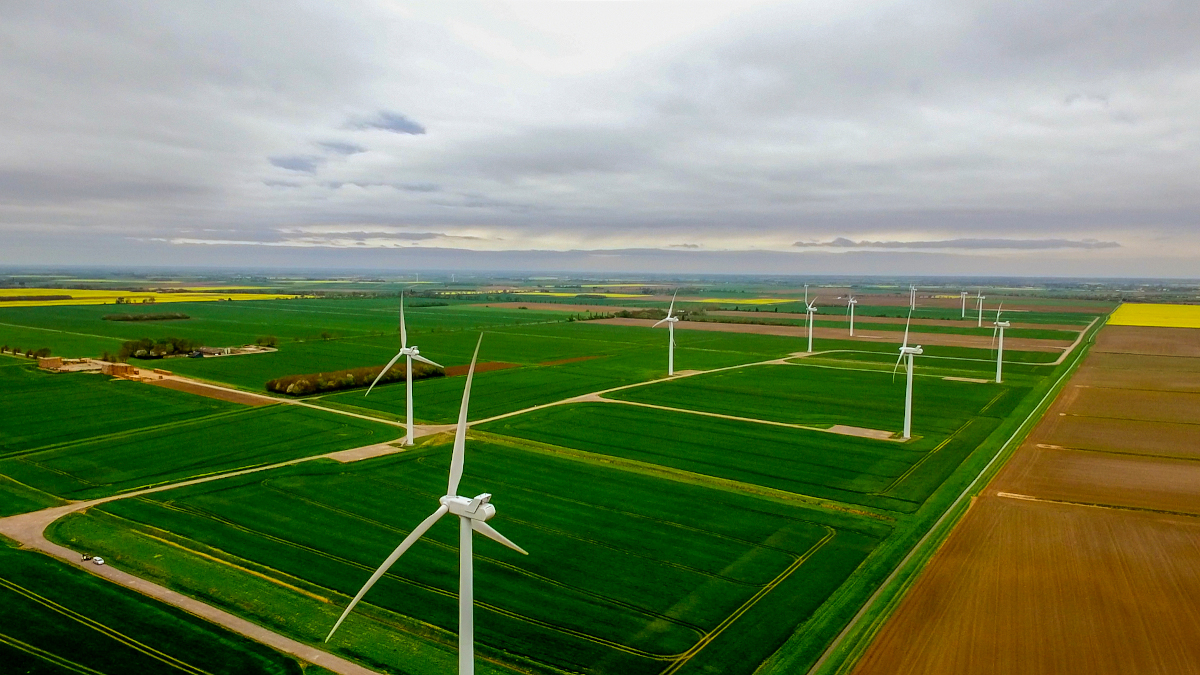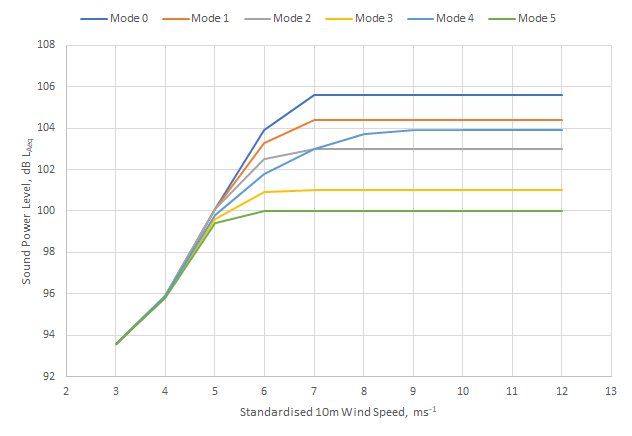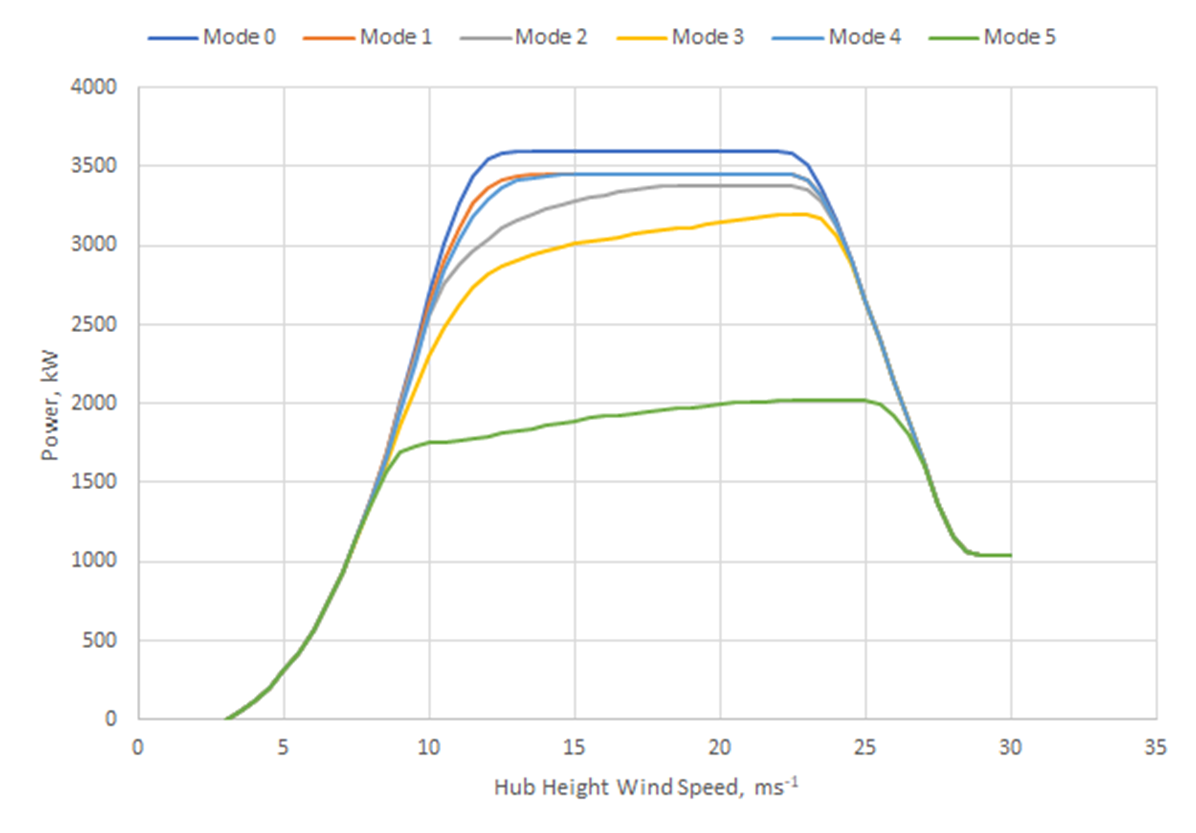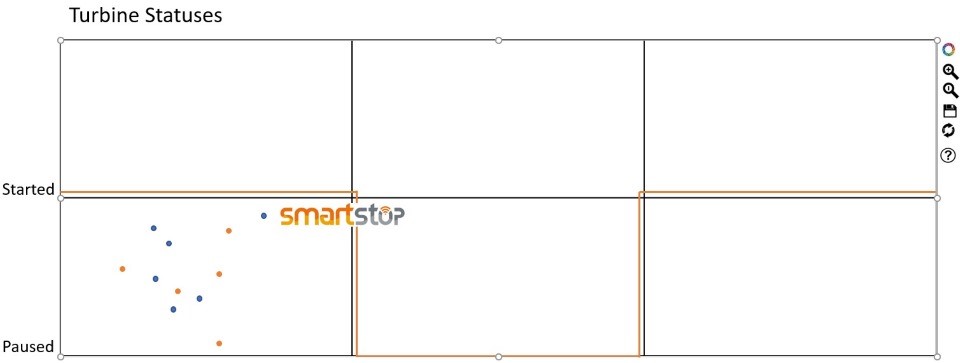Tjänster
Våra medarbetare är passionerade och erfarna. Tillsammans jobbar vi för att leverera framgångsrika projekt inom förnybar energi världen över.
Teknologier
Med de senaste teknologierna bidrar vi till en framtid där alla har tillgång till förnybar energi.
Se alla teknologierResurser
Bläddra bland våra senaste resurser: allt från företagsuppdateringar och branschinsikter till forskningsrapporter och våra partners egna historier.
Se alla resurserKarriär
Bli en del av vårt passionerade team och förändra världen genom meningsfulla och stimulerande uppgifter.
Läs merOm RES
Vi brinner för vårt uppdrag - att förändra hur världen producerar och förbukar energi.
Läs om ossVåra kontor
RES är en global organisation med ett starkt lokalt fokus. Här kan du hitta kontakt- och platsinformation för alla våra RES-kontor.
Kontakta oss
As an asset manager, it’s our job to ensure that the assets we manage are performing to their full potential, but also that the project is compliant with all relevant regulations including noise levels. To do this, we use data provided by the manufacturer and a propagation model to predict the noise levels at nearby properties. We then use this information to assess whether a noise management strategy is required to meet the noise limit.
Turbines come with the manufacturers’ pre-defined operating modes. An example of the amount of noise emitted by the standard mode (Mode 0) and reduced noise modes (Modes 1-5) of a wind turbine is provided in Figure 1.

Figure 1: acoustic emission of standard and reduced noise modes
Typically, a noise management strategy involves operating turbines in reduced noise modes or perhaps even pausing them in certain conditions. However, operating a turbine in a reduced noise mode, or pausing it, results in a loss of energy as illustrated by the corresponding power curves shown in Figure 2.

Figure 2: power curves for standard and reduced noise modes
The challenge is getting the optimum combination to balance the performance of the wind farm whilst meeting noise regulations. For instance, this could mean that two turbines are set to operate in one mode, with others operating in a different mode. There are a very large number of combinations and as this has typically been done manually, asset managers tend to focus on those turbines nearest resident properties. However, advances in technology mean that we can now utilise machine learning and AI to help implement these strategies, enabling us to consider this “infinite number of combinations” to find the optimum strategy.
We have created an algorithm which pulls data from all of a project’s turbines to find the optimum strategy using a linear solver. Following this, there is a consolidation step which amends the strategy so that the manufacturer constraints are satisfied. The consolidation process works by checking how many settings have been used and when the limit is reached any subsequent settings are combined with a pre-existing setting in the way that results in the greatest energy yield. On the eight sites that we have implemented this technique to date, we have saved over £1.25 million in total for clients. What’s more, in addition to the energy uplift our new algorithm greatly reduces the time taken to implement noise curtailment strategies on the sites that we manage.
In addition to this, we are also using our own custom-built software, SMARTStop, alongside on-site edge computing to successfully manage noise reduction. Amplitude modulation is a very complicated and difficult to predict phenomenon, so the traditional approach of pre-programming stop criteria based on wind speed, wind direction and time of day can prove ineffective. Our system uses an array of microphones to detect amplitude modulation in real time and request pauses to turbines only when necessary. This provides effective noise mitigation while also allowing the turbines to run as much as possible when amplitude modulation is not present.

Figure 3: SMARTStop in action. The dots represent unwanted turbine sound detected by SMARTStop which leads to pausing the turbine. When unwanted sound disappears thanks to SMARTStop, the system restarts the turbine in safe conditions.
The tool, which has a much lower cost and higher capability than traditional curtailment systems, was first created to improve bat curtailment at one of the sites we manage in France. Through collaboration and innovation, we adapted the tool to support numerous unique environmental challenges, including noise reduction, and it is now deployed at over 18 sites across France, the UK and Norway.
We will continue to use new digital techniques and tools to enhance our support services and provide the best service for clients. If you would like to find out more contact [email protected]
